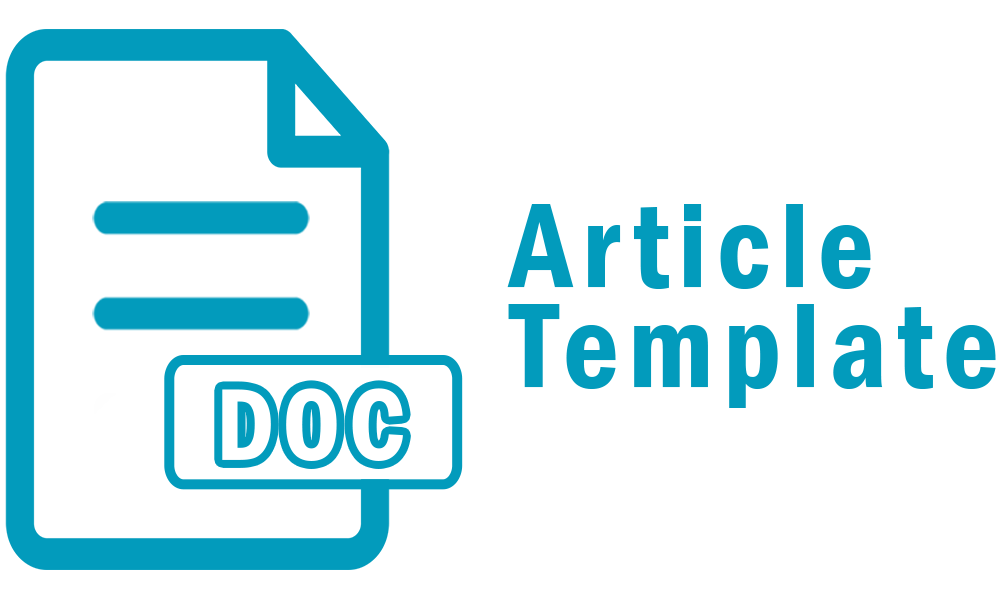THE EFFECT EXPOSURE OF BASYSPRINT UV-SETTER 850 AND DE-VELOPER TEMPERATURE ON DOT SIZE MANROLAND OFSET PRINTING PLATE
DOI:
https://doi.org/10.46961/kreator.v8i2.376Abstract
Abstract — Current development has led to the development of technology also, including the
graphics industry, one of which is the offset printing platemaking process, which used to still
use conventional methods in the process using film, the development growing currently into
Computer to Plate (CtP) technology is used to be more efficient, better automation, and low
cost run. This also affects the quality standard of the printed plate produced, one of quality on
the printing plate is the dot/raster size that is produced according to digital data. CtP uses a
linear standard within a tolerance 1% of dot recovery, but there are many factors that must
be controlled in achieving this linear standard, some of these factors include the strength of
exposure to CtP and the temperature of the developer. So in this study is to determine the
combination of variables between the strength of CtP exposure with variables 5 ms/dot, 7
ms/dot, 10 ms/dot, 12 ms/dot and developer temperature with variables 18°C, 20°C, 22°C,
24°C which has the smallest overall average dot size shift in the highlights, midtones and
shadows areas. The method used in this study is to measure the dot reference using a
spectroplate on each variation of the variable combination of CtP exposure strength and
developer temperature. Based on the research that has been done, it can be concluded that for
the variable exposure power of 5 ms/dot with a temperature of 22°C is the variation that has
the lowest average dot size shift with a shift of 1.8% for the highlights area, 1.5% for the
midtones area, and 1.5% for the midtones area. 0.7% for the shadows area.
Downloads
Published
How to Cite
Issue
Section
Citation Check
License
Authors who publish with Kreator agree to the following terms:
- For all articles published in the Kreator, copyright is retained by the authors. Authors give permission to the publisher to announce the work with conditions. When the manuscript is accepted for publication, the authors agree to the automatic transfer of non-exclusive publishing rights to the publisher.
- Authors retain copyright and grant the journal right of first publication with the work simultaneously licensed under a Creative Commons Attribution-ShareAlike 4.0 International License that allows others to share the work with an acknowledgment of the work's authorship and initial publication in this journal.
- Authors are able to enter into separate, additional contractual arrangements for the non-exclusive distribution of the journal's published version of the work (e.g., post it to an institutional repository or publish it in a book), with an acknowledgment of its initial publication in this journal.
- Authors are permitted and encouraged to post their work online (e.g., in institutional repositories or on their website) prior to and during the submission process, as it can lead to productive exchanges, as well as earlier and greater citation of published work (See The Effect of Open Access).











